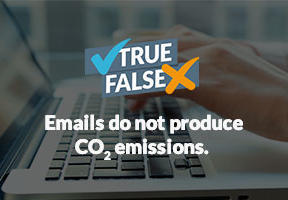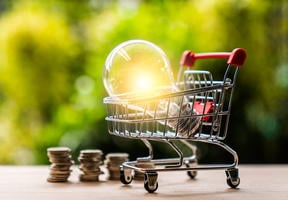Life Cycle Assessment (LCA) of a Smartphone
5 min read
The LCA method explained in 8 images: Discover how to assess the environmental impact of a smartphone - from the moment its first raw material is extracted!

1. What is the LCA of a phone?
A is a method used to evaluate a product’s environmental and energy impact, from its manufacturing all the way through its use and end-of-life. Here, we take a look at the life cycle of a cellphone.

2. In 2025, there are more cellphones than people on Earth
In 2025, there are 8.5 billion cellphones in circulation, which is more than the estimated world population of 8 billion. Of these devices, 85% are smartphones connected to the Internet. If we include connected objects (watches, game consoles, GPS, , video surveillance, etc.), the total exceeds 30 billion. This rapid growth comes with a major environmental challenge: hundreds of millions of cellphones are discarded each year, while rates remain very low. In France, 91% of people aged 12 and over own a smartphone. In the photo: a scene from the Hanoi metro in Vietnam, a symbol of global connectivity.

3. Step 1 of the Life Cycle: production
One cellphone is made up of more than 60 materials. This includes plastics and glass, but also a huge variety of metals, from copper to aluminum, chromium, zinc, tin, and precious metals such as gold, silver and platinum. Phones also contain “rare earths” such as tantalum, europium, indium… As well as Cobalt and lithium, which are used in phone batteries. Extracting these metals is very and generates a lot of pollution. Many of the mines are in China, and result vast areas of ravaged, contaminated land (see photo). Then, the raw materials have to be transported, processed and assembled. This stage accounts for around 80% of all the energy consumed and CO2 emitted during the production of a phone.

4. Step 2 of the Life Cycle: Distribution
Once they’ve been produced, the cellphones have to be transported to consumers. This means taking into account the used by cargo planes, merchant ships, trucks and vans. The distribution stage also involves factoring in the impact of the production of packaging, which has to go through all the same steps (raw materials, manufacturing and transportation). But the impact from each phone is minimal when compared to their weight with the gigantic size of the container ships used to transport them.

5. Step 3 of the Life Cycle: the use
Very little is required to charge a cellphone. With one charge per day, the annual consumption is estimated at between 3.5 and 7 kilowatt-hoursHowever, there is some hidden power consumption, paid by users via their phone subscriptions and the purchase of their devices: the use of Internet networks and the data centers that process all those gigabytes. An hour of video streaming on a cellphone not connected to Wi-Fi can consume up to 1 kilowatt-hour of electricity, while sending 100 emails with attachments can use around 2.5 kilowatt-hours. Add to that live online games, interactive apps, and social media platforms – which now number in the billions worldwide.. A heavily used cellphone can indirectly consume as much power as a refrigerator over a year, or around 300 kilowatt-hours.

6. Step 4 of the Life Cycle: End of Life
Recycling is particularly useful for smartphones. They are full of precious materials that can be recovered, with varying levels of difficulty, to produce other electronic devices. The plastic and glass can also be reused. However, only a small proportion of devices is recycled: In France, only 20 to 25% are collected for recycling or reconditioning and reuse. The rest remain unused in drawers or end up in landfills.

7. What Is the Environmental Footprint of a Cellphone?
The manufacturing phase (extraction of materials and assembly) has the greatest throughout a cellphone’s life cycle. According to Apple's figures, an iPhone 13 emits the equivalent of 64 kg of during its lifetime: 81% during production, 16% during use, and the rest during transport and recycling. You would have to use your cellphone for three or four years for the share of use to exceed that of production. This is rarely the case. The average usage period is around two years.

8. The environmental impact of digital technology
With billions of users spending more and more time on their phones, the figures are skyrocketing. By 2025, the digital sector is expected to account for more than 5% of global electricity consumption. If digital sector were a country, it would be the third largest consumer of electricity, after China and the United States. It would also account for 3.8% of global greenhouse gas emissions - a number that keeps climbing, especially with the rise of generative artificial intelligence (AI). In France, data centers, which host our videos, searches, applications, and AI, now account for nearly half of the digital sector's . Despite efforts to improve , their exponential growth makes it difficult to contain their impact. In the photo: a data center, an invisible but central symbol of our digital lives.
In the life cycle of a smartphone, which stage consumes the most resources?
The production phase (material extraction and assembly) has the greatest impact on the life cycle of a smartphone. According to Apple's figures, an iPhone 13 emits the equivalent of 64 kg of CO2 during its life cycle: 81% during production, 16% during use, and the rest during transport and recycling.
 Energy Sufficiency and Efficiency
Energy Sufficiency and Efficiency
See all






















